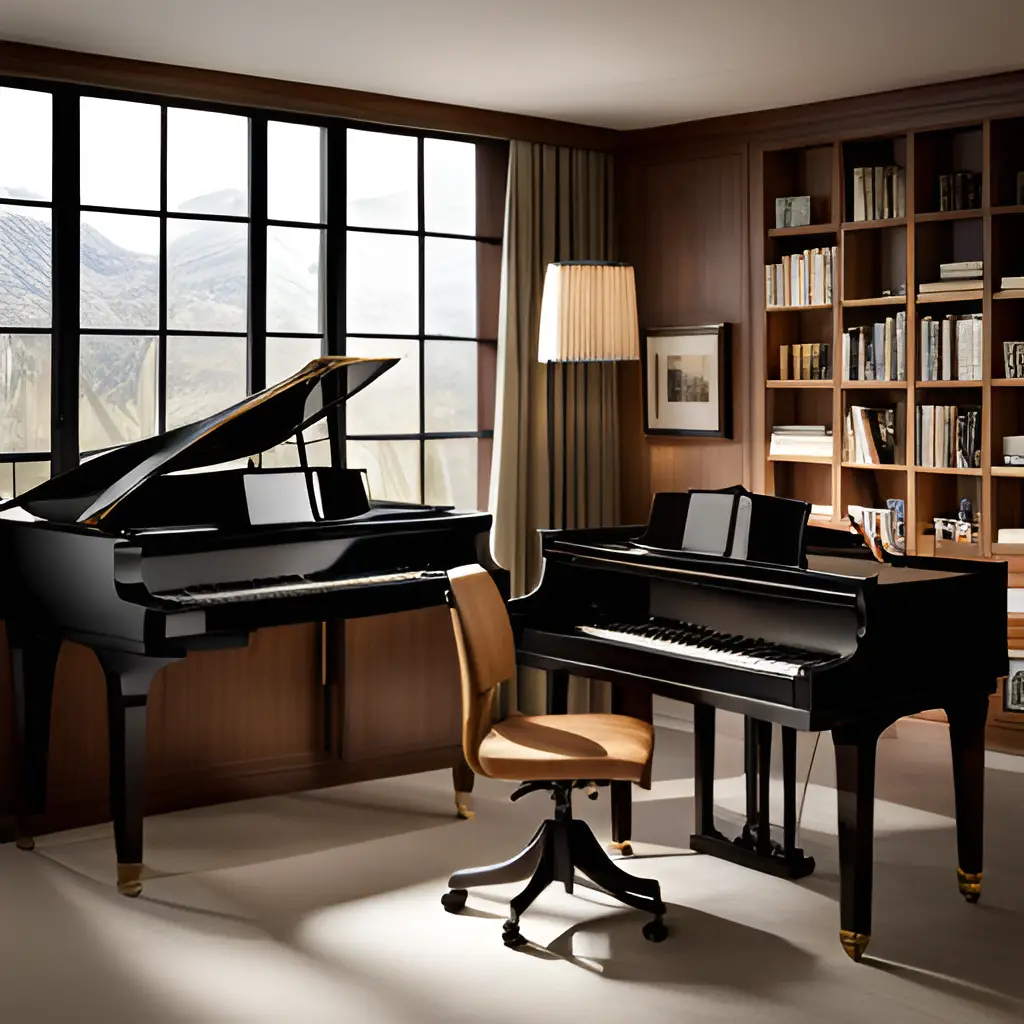Ebony wood is a dense, dark-colored wood that comes from several species of trees in the Diospyros genus. Ebony trees are native to many parts of the world, including Africa, Asia, and South America. The wood is highly prized for its dark color, fine texture, and durability, making it a popular choice for high-end furniture, musical instruments, and decorative items.
Ebony trees are slow-growing and typically reach heights of up to 60″ (18 m). The trees have a dense and hard wood that is difficult to work with using traditional woodworking tools. This is because the wood is so hard that it can dull tools quickly, making it a challenging material for carpenters and woodworkers.
Commercial Uses For Ebony Wood Are Varied
Due to its unique characteristics, ebony wood is used in a variety of high-end and specialized applications, including:
- Musical Instruments: Ebony is a favored choice for crafting fingerboards, bridges, and other components of stringed instruments such as guitars, violins, and pianos. It is valued for its smooth surface, durability, and ability to enhance the tonal quality of the instruments.
- Fine Furniture: Ebony is often used in luxury and high-quality furniture, particularly for inlays, accents, and decorative elements. Its dark color and fine grain patterns add an elegant and sophisticated touch to furniture pieces.
- Cabinetry: Ebony wood is occasionally used in cabinetry, particularly for crafting ornate cabinets and drawers where its dark color can create a striking contrast with lighter wood types.
- Turned Objects: Ebony’s dense and fine-grained nature makes it a popular choice for woodturning projects. It is used to create exquisite bowls, pens, chess pieces, and other turned objects.
- Knife Handles: Ebony is a favored material for crafting knife handles, especially in high-end and custom knives. Its dense and durable nature provides a comfortable and long-lasting grip.
- Architectural Accents: Ebony is sometimes used as a decorative element in high-end architecture, such as door handles, moldings, and ornamental carvings.
- Art and Sculpture: Ebony’s beautiful dark color and smooth texture make it a popular material for carving intricate sculptures and artistic pieces.
- Jewelry: Ebony wood is occasionally used in jewelry making, particularly for creating unique and distinctive wooden jewelry pieces.
Ebony Wood Characteristics Summarized
Here’s a table with key aspects of ebony wood that an average person would find interesting:
| Aspect | Description |
|---|---|
| Wood Color | Dark black or dark brown, often with dark streaks |
| Grain Pattern | Fine and even grain with a smooth, lustrous surface |
| Density | Extremely dense and heavy wood |
| Durability | Highly durable and resistant to wear and tear |
| Workability | Can be challenging to work due to its density |
| Historical Significance | Historically prized for its use in luxury items and art |
| Traditional Uses | Used for high-end furniture, musical instruments, and jewelry |
| Rarity | Genuine ebony is rare and considered a luxury wood |
| Sustainability | Some species of ebony are threatened and require responsible sourcing |
| Alternative Options | Ebonized wood or other dark hardwoods can mimic the appearance of ebony |
Ebony wood’s dark color, fine grain patterns, and durability make it highly sought after for luxury items, musical instruments, and artistic creations.
However, due to its rarity and conservation concerns, alternative options like ebonized wood or other dark hardwoods are often used to achieve a similar appearance. Sustainable sourcing and responsible practices are crucial to preserve ebony-producing trees and their ecosystems for future generations.
Final Thoughts
Ebony wood has been used for centuries in the manufacturing of musical instruments such as pianos, guitars, and clarinets, as well as for carving small decorative items, such as chess pieces and figurines. The wood has also been used for making high-end furniture, due to its combination of beauty and durability. In some cultures, ebony wood is considered a symbol of power and luxury, due to its rarity and value.
Despite its popularity, ebony trees have been overharvested in many parts of the world, leading to a decline in their numbers. This has led to efforts to protect and conserve the trees, including through sustainable harvesting practices and reforestation programs.

